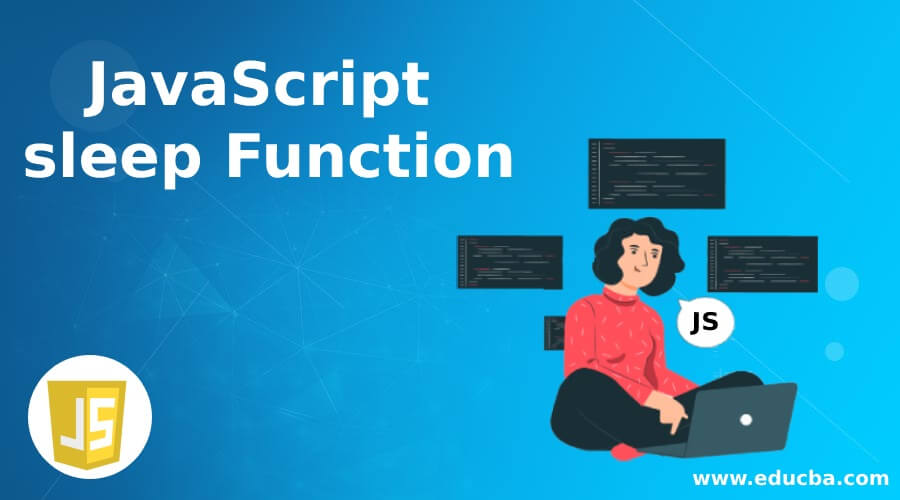

I decided there had to be a way to construct my own dupe of that handy little method.
It was so nice to be able to schedule events to the exact time I wanted them to run! I knew that if I could just pause for half a second between the scroll and the API Fetch, everything would look much smoother. I wanted a way to slow things down, so the user would only see one thing happening on the page at a time. However, the the combo of the page scrolling up and the image fetch simultaneously re-firing looks pretty messy. We can just scroll up the window, then trigger a new click event on the button we’ve assigned to the variable button. Syntax of sleep function: sleep(delayTime in milliseconds).Enter fullscreen mode Exit fullscreen mode First, we will discuss how to use the sleep function and execute the JavaScript code to understand the notion of the JavaScript sleep Function. Users have to use an alternative way to pause or delay their program. Along with the JavaScript Promise, some other functions and methods can prove to be helpful to execute sleep kind of functionality in JavaScript, like the async/await functions.Īs we have already discussed, JavaScript does not have any sleep function. So, it allows users to use the Promise object to deal with all asynchronous actions. The working of JavaScript has an asynchronous action. This article will show how to use the JavaScript sleep function and the alternative method for using sleep from an external code to get the functionality of the sleep function. Unlike other programming languages, JavaScript does not allow the execution of a built-in sleep() function.Įither the user needs to create a custom sleep() function using the built-in setTimeout() function, or they can use the latest ECMAScript promises like the async-await function. To pause execution in any programming language for a fixed amount of time, programmers use the sleep() function, which is also possible in JavaScript.


 0 kommentar(er)
0 kommentar(er)
